When we think of birds today, we picture creatures with lightweight bodies, feathered wings, and distinctive toothless beaks. However, if we travel back in time to the Mesozoic Era, we would encounter a remarkable creature that challenges our modern conception of birds. Archaeopteryx, often called the first bird, possessed a startling feature that seems utterly alien to modern avian species – it had teeth. This ancient creature represents a fascinating evolutionary link between dinosaurs and modern birds, revealing how the feathered fliers we know today evolved from reptilian ancestors. The story of these toothed birds offers a window into a lost world and demonstrates the sometimes unexpected pathways of evolution.
The Discovery That Changed Paleontology
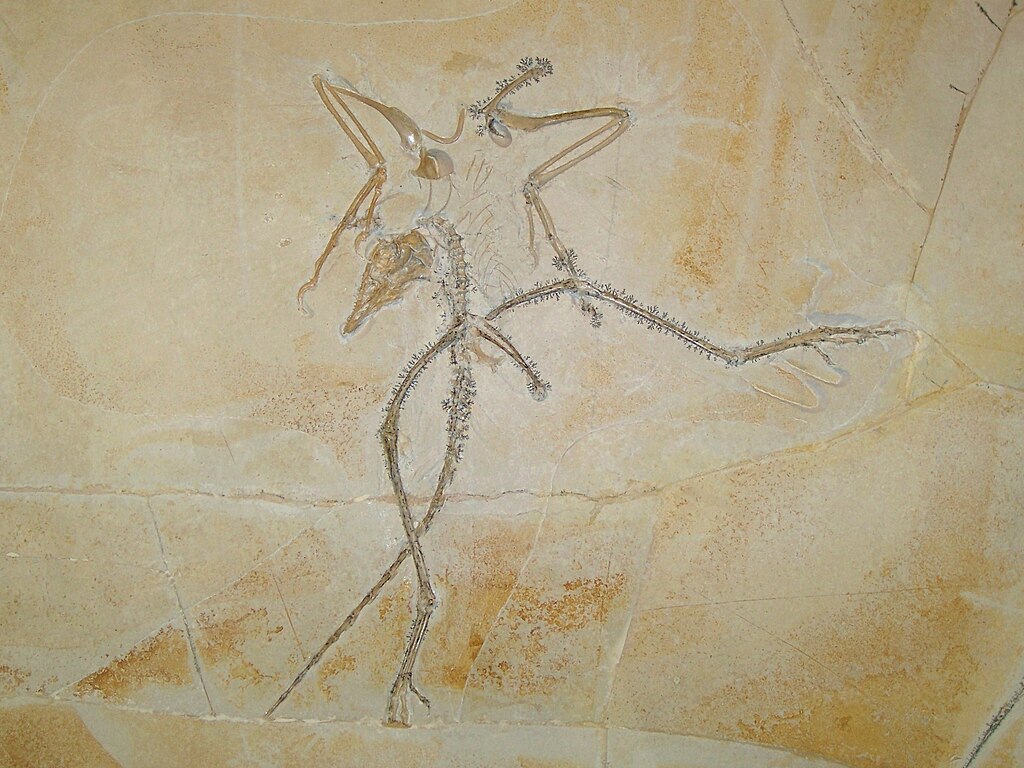
The first Archaeopteryx specimen was discovered in 1861 in the Solnhofen limestone quarry in Bavaria, Germany, coming to light just two years after Darwin published “On the Origin of Species.” This fortuitous timing meant the fossil immediately became a sensation as it appeared to represent exactly the kind of transitional form Darwin’s theory predicted. The limestone in which it was preserved formed from fine-grained marine sediments that captured extraordinary detail, including impressions of feathers surrounding a reptilian skeleton. What made this discovery particularly revolutionary was that it showed a creature with distinctly bird-like feathers alongside distinctly reptilian features like teeth, a bony tail, and three clawed fingers on each wing. The specimen provided compelling evidence for evolution at a time when the concept was still hotly debated, and it continues to be one of paleontology’s most significant discoveries.
Archaeopteryx: Neither Fully Bird Nor Dinosaur
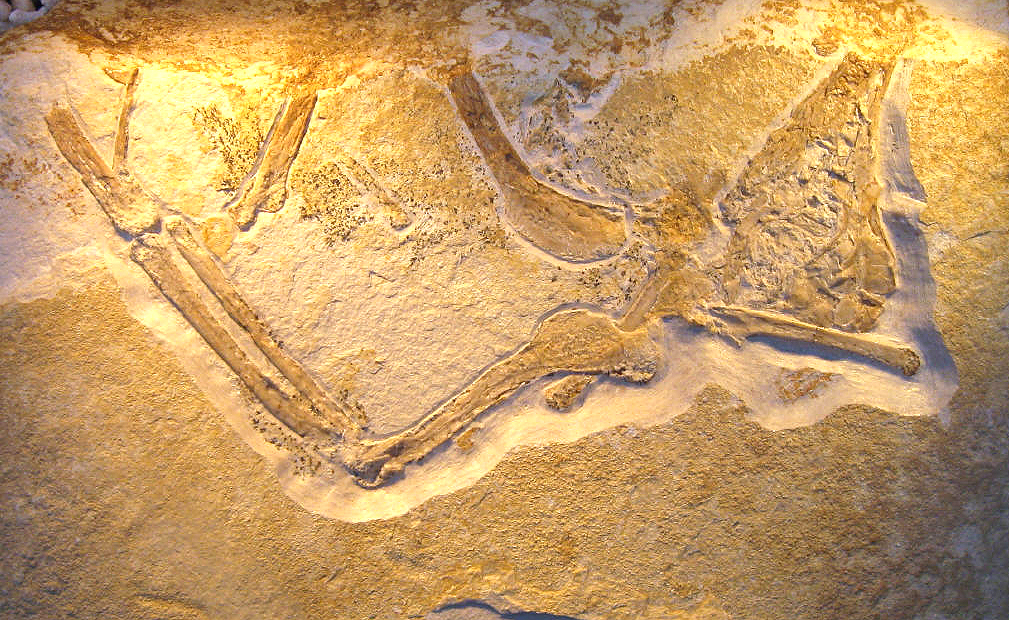
Archaeopteryx occupied a fascinating middle ground in the evolutionary transition from dinosaurs to birds. Dating to the Late Jurassic period approximately 150 million years ago, this crow-sized creature displayed an intriguing mix of avian and reptilian characteristics that made classification challenging. While its feathers, furcula (wishbone), and partially reversed first toe resembled modern birds, its teeth, long bony tail, and clawed fingers belonged firmly to its dinosaurian ancestry. This chimeric nature initially puzzled scientists, who debated whether it represented the earliest true bird or merely a feathered dinosaur. Modern consensus generally positions Archaeopteryx as a transitional form very close to the dinosaur-bird boundary, though exactly where it falls depends on which classification system is used. Its unique combination of features demonstrates that evolution doesn’t proceed in neat, discrete jumps but rather through a series of intermediates bearing traits of both ancestral and descendant groups.
The Significance of Teeth in Ancient Birds
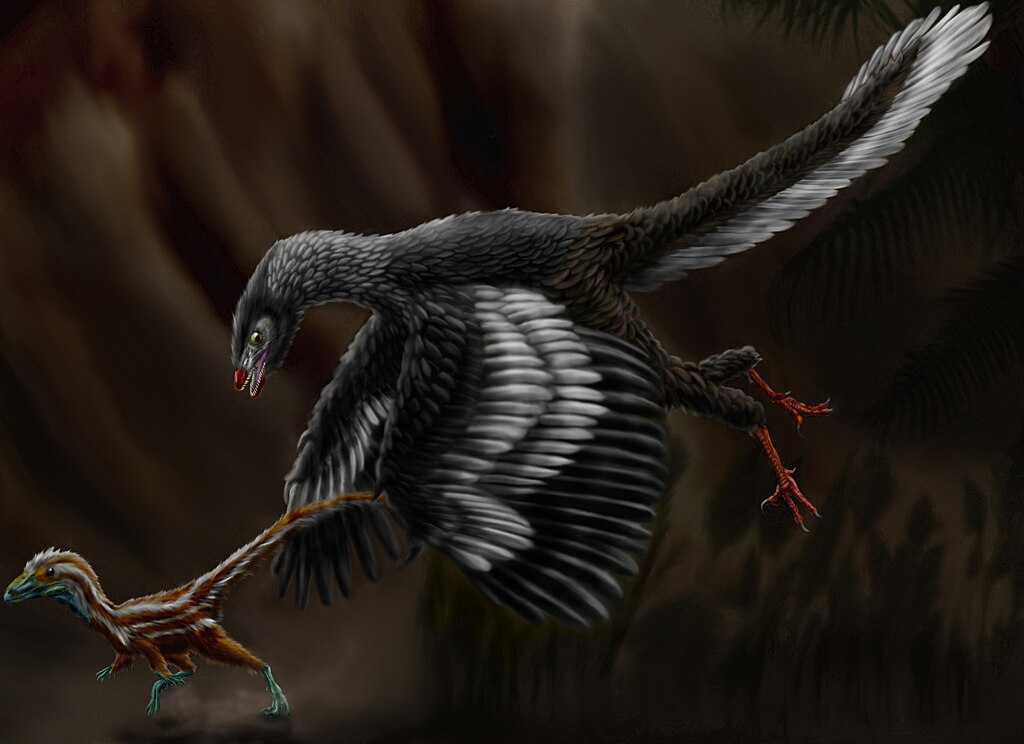
The presence of teeth in Archaeopteryx and other early birds represents one of the most striking differences from modern avian species. Unlike today’s birds with their lightweight, keratin-based beaks, Archaeopteryx possessed true teeth anchored in sockets within the jaw, a feature inherited directly from its dinosaurian ancestors. These teeth weren’t simplified structures but rather sharp, serrated tools well-suited for capturing and consuming prey. The dental arrangement tells paleontologists that these creatures likely maintained carnivorous diets similar to their dinosaur relatives. The retention of teeth in early birds makes perfect evolutionary sense, as they provided an effective feeding mechanism that worked well for millions of years. Only later in avian evolution did toothless beaks become the dominant adaptation, offering advantages in weight reduction for flight and versatility in exploiting different food sources. The transition from toothed jaws to beaks didn’t happen overnight but occurred gradually over millions of years as birds diversified and specialized.
Flight Capabilities: Could Archaeopteryx Actually Fly?
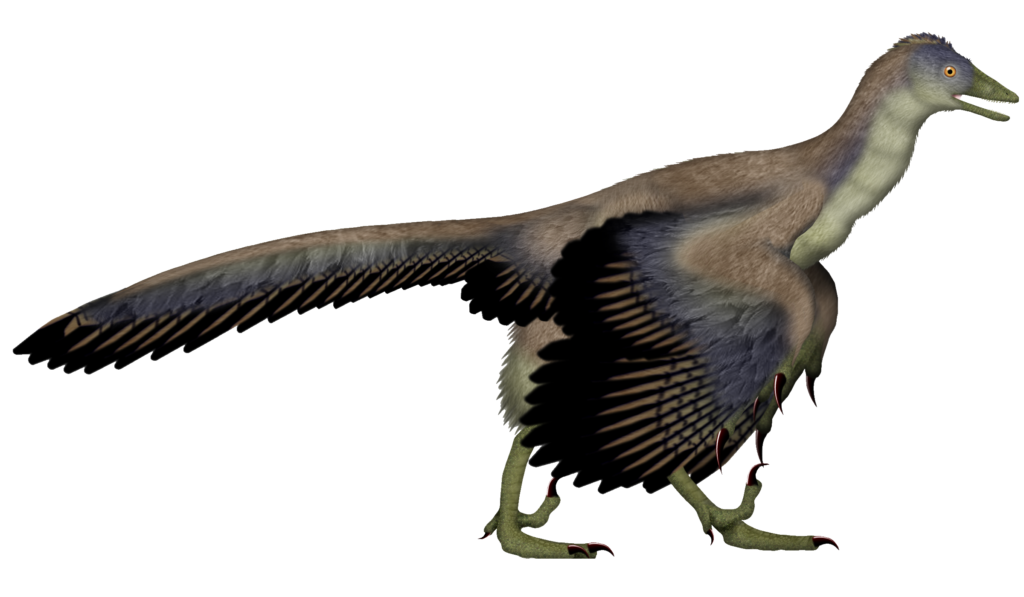
One of the most debated questions about Archaeopteryx concerns its flight capabilities, with scientists offering various interpretations based on its anatomy and comparisons with modern birds. While Archaeopteryx possessed well-developed feathers arranged in a pattern similar to modern birds, its skeletal structure lacked certain adaptations critical for powerful, sustained flight. It had a relatively flat breastbone without the pronounced keel that anchors the powerful flight muscles in today’s birds, suggesting limited muscle attachment for wing movements. Biomechanical studies indicate Archaeopteryx likely couldn’t perform the rapid flapping flight typical of modern birds, though it might have been capable of gliding or short bursts of powered flight. Some researchers propose that it may have used its wings primarily for balance while running or to help it maneuver between trees in a form of primitive flight called “wing-assisted incline running.” Others suggest it might have been capable of short, pheasant-like bursts of flight to escape predators or move between perches. The emerging consensus points to Archaeopteryx as having some flight capability, but far less developed than most modern birds.
Other Toothed Birds Beyond Archaeopteryx
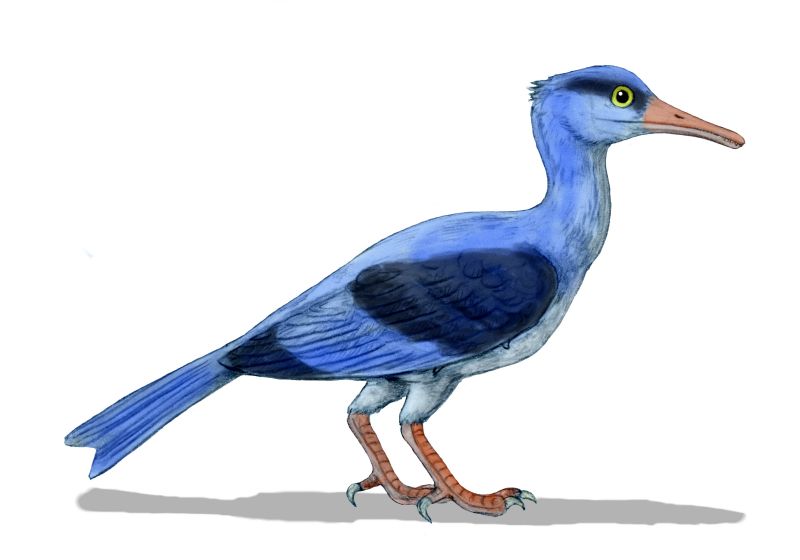
While Archaeopteryx is the most famous toothed bird, it was far from the only one to possess this reptilian feature. Throughout the Mesozoic Era, particularly during the Cretaceous period, numerous bird lineages retained teeth. The Enantiornithes, often called “opposite birds,” were a diverse and widespread group of toothed avians that dominated the skies for much of the Cretaceous. These birds had more advanced flight capabilities than Archaeopteryx but still retained small, simple teeth. Another major group, the Hesperornithiformes, evolved into flightless diving birds with specialized teeth perfect for catching slippery fish. Perhaps most bird-like of the toothed varieties were the Ichthyornithiformes, strong-flying seabirds that superficially resembled modern gulls or terns but retained a full set of sharp teeth. These diverse toothed birds demonstrate that teeth weren’t simply a leftover feature quickly discarded in avian evolution, but rather remained useful adaptations for millions of years across multiple lineages. Only after the mass extinction event at the end of the Cretaceous period 66 million years ago did toothless birds become the norm, with all surviving lineages having already evolved beaks.
The Evolutionary Loss of Teeth in Modern Birds
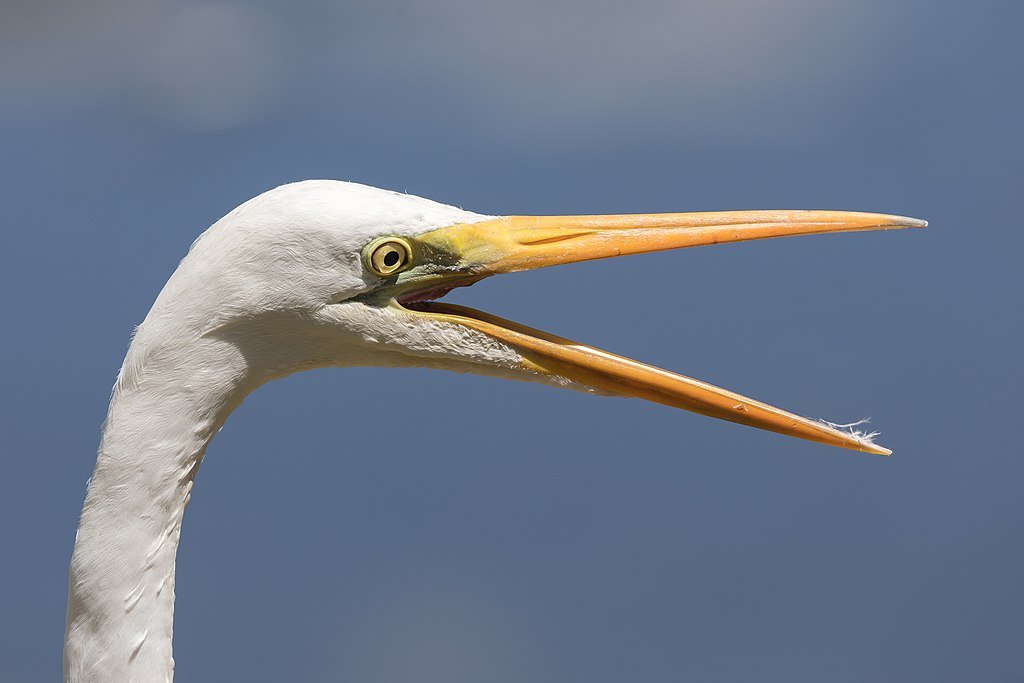
The transition from toothed jaws to the toothless beaks of modern birds represents one of the most significant evolutionary changes in avian history. This shift didn’t happen suddenly but occurred through a process spanning millions of years. Modern birds still possess the genetic foundations for tooth development, but these genes have been inactivated during evolution. In fact, researchers have experimentally reactivated some of these dormant genetic pathways in chicken embryos, resulting in the formation of primitive tooth-like structures. The advantages of beaks over teeth included significant weight reduction, which enhanced flight efficiency, and greater versatility in feeding adaptations. Beaks could evolve into specialized tools for particular diets—from the powerful crushing bills of seed-eaters to the delicate probing instruments of nectar-feeders—without requiring the specialized dental arrangements teeth would demand. Additionally, beaks grow continuously throughout a bird’s life, allowing for constant renewal without the vulnerability of tooth loss. This evolutionary transition exemplifies how natural selection can repurpose existing structures into new forms that offer adaptive advantages for changing lifestyles and environmental conditions.
The Dinosaurian Heritage in Bird Anatomy
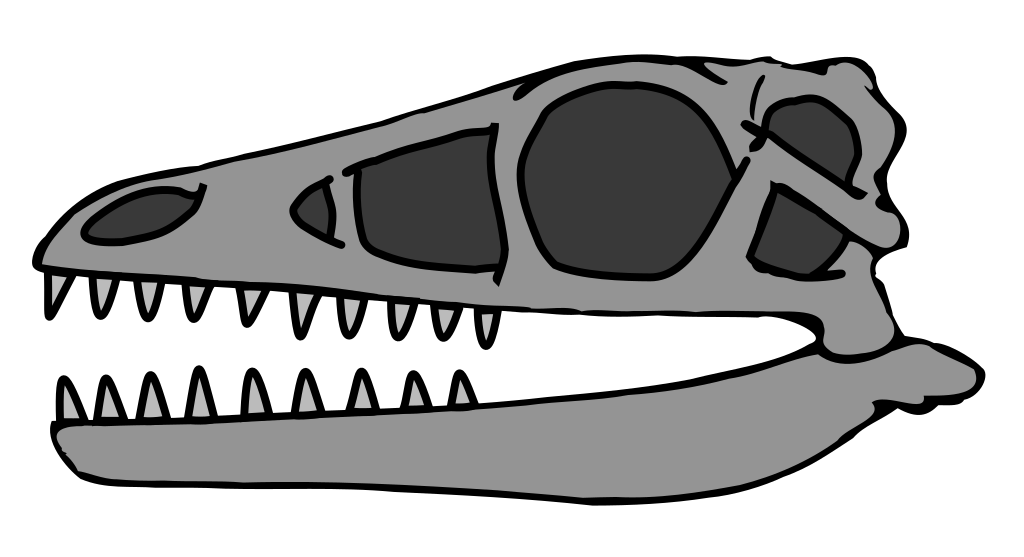
The dinosaurian origins of birds extend far beyond just the presence of teeth in ancient species like Archaeopteryx. Modern birds retain numerous anatomical features that reveal their reptilian ancestry, even after 150 million years of evolution. Their lightweight, hollow bones derive directly from theropod dinosaurs, which had already evolved pneumatic skeletons long before the first birds appeared. The unique avian respiratory system, with its one-way air flow through rigid lungs supplemented by air sacs, originated in dinosaur ancestors and represents one of the most efficient breathing systems in the animal kingdom. Even the scales on birds’ legs and feet are modified reptilian scales, homologous to those covering dinosaur bodies. The fusion of hand bones into a carpometacarpus in the wing mirrors similar modifications in maniraptoran dinosaurs. Perhaps most telling is the presence of the furcula or wishbone, a feature first evolved in theropod dinosaurs that later became crucial for flight in birds. These anatomical inheritances demonstrate that birds are not just descended from dinosaurs—they are, in a very real sense, highly specialized living dinosaurs that have adapted to an aerial lifestyle.
Fossil Preservation: How We Know About Feathers and Teeth
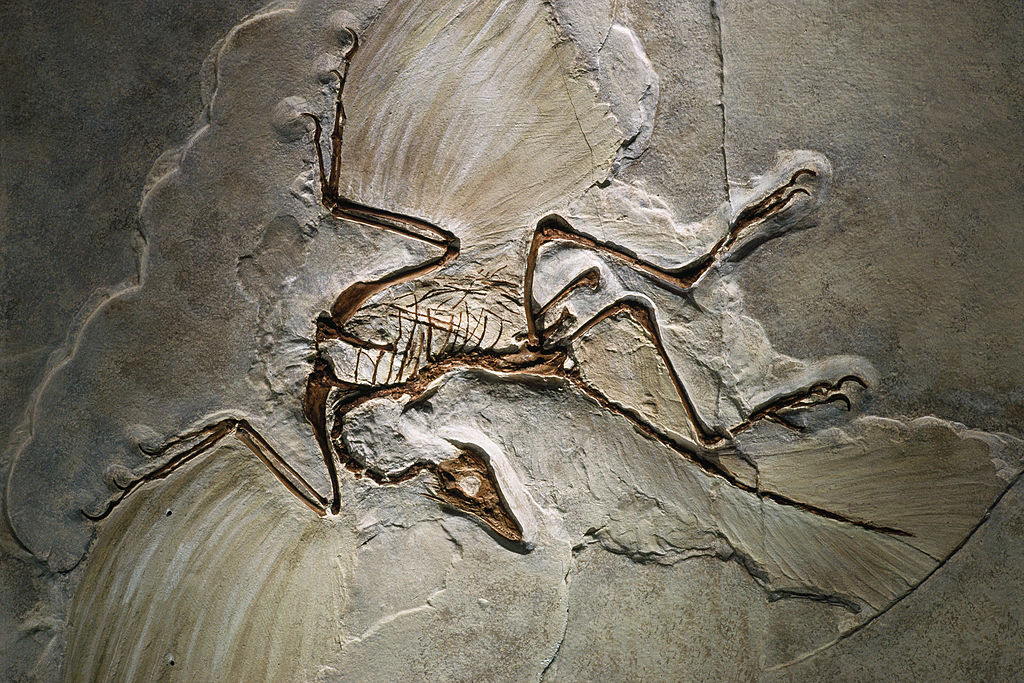
The remarkable preservation of Archaeopteryx and other toothed birds represents one of the most fortunate circumstances in paleontological history. Most fossils preserve only bones and other hard tissues, but under exceptional conditions, soft tissues like feathers can leave impressions or chemical traces. The Solnhofen limestone that preserved Archaeopteryx formed from extremely fine-grained sediments in shallow lagoons, creating what paleontologists call a “Lagerstätte”—a fossil site with exceptional preservation. The fine-grained, oxygen-poor environment prevented decomposition and allowed even delicate feather structures to leave detailed impressions in the sediment. Similar conditions in other locations like the Jehol Biota in China have preserved hundreds of feathered dinosaur and early bird specimens, revolutionizing our understanding of avian evolution. For teeth, preservation is somewhat easier since they’re composed of mineralized tissues that readily fossilize. Microscopic examination of these preserved teeth reveals details about their structure, growth patterns, and wear that provide insights into the diets and lifestyles of these ancient creatures. Without these extraordinary preservation conditions, our understanding of the dinosaur-bird transition would be vastly more limited, as critical evidence of feathers and other soft tissues would have been lost to time.
The Habitat and Lifestyle of Archaeopteryx
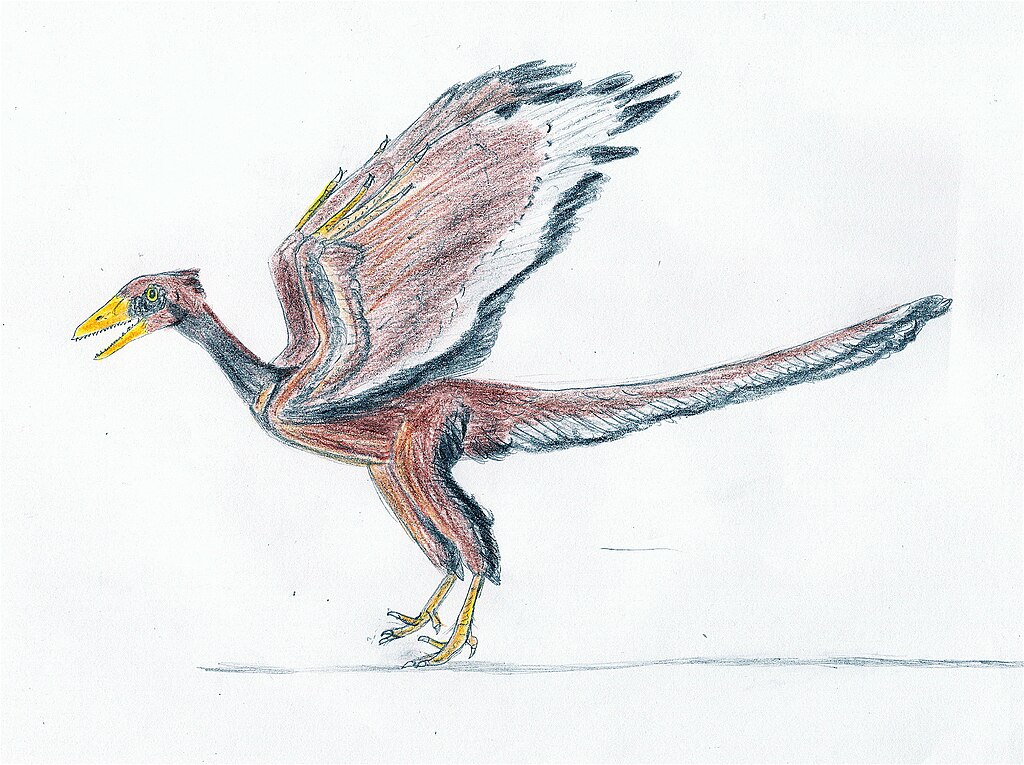
The world in which Archaeopteryx lived was dramatically different from today’s landscapes. During the Late Jurassic period, approximately 150 million years ago, the region that would become Germany consisted of small islands in a shallow tropical sea surrounded by coral reefs. The climate was warmer and more uniform than today’s, with no polar ice caps and lush vegetation even at high latitudes. In this archipelago environment, Archaeopteryx likely inhabited forested areas on these islands, using its clawed wings to climb trees and possibly glide or fly short distances between them. Its teeth and jaw structure suggest it was a carnivore, probably feeding on insects, small lizards, and possibly fish from the surrounding waters. The presence of large predatory dinosaurs in the same fossil beds indicates Archaeopteryx faced significant predation pressure, which may have driven the evolution of its flight capabilities as an escape mechanism. Fossil evidence suggests it was a relatively rare animal in its ecosystem, not particularly abundant compared to other contemporary species. This island existence in a warm, humid climate may have created evolutionary pressures that helped drive the transition between dinosaurian and avian characteristics.
From Dinosaur to Bird: The Evolutionary Timeline
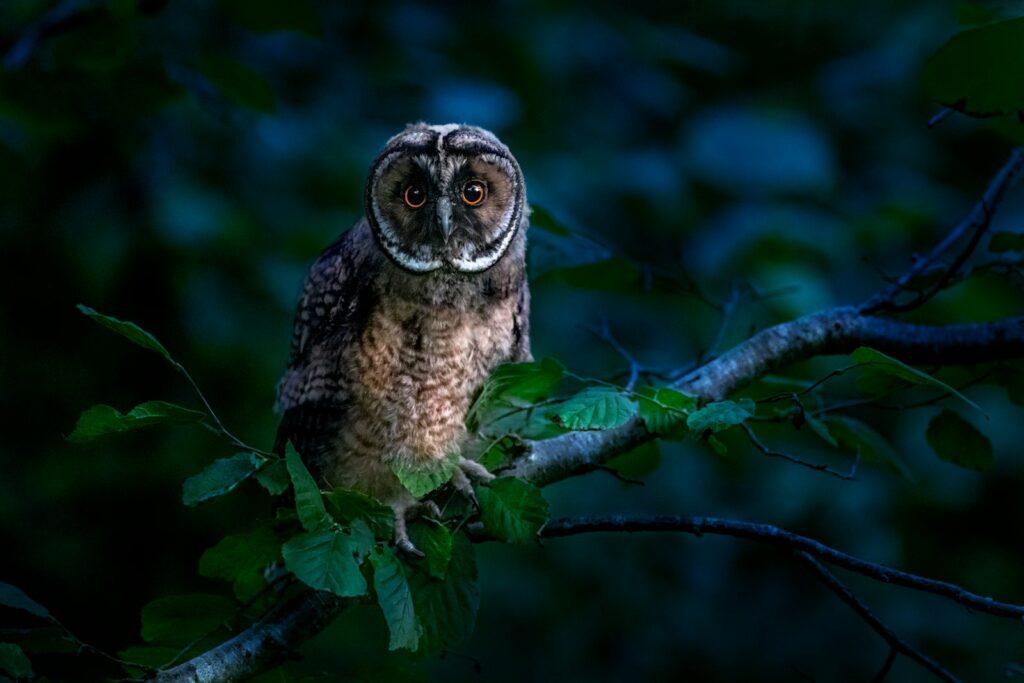
The transition from non-avian dinosaurs to modern birds represents one of the most fascinating evolutionary transformations in vertebrate history, spanning approximately 100 million years. The process began in the Middle to Late Jurassic period (about 170-150 million years ago) when small, carnivorous theropod dinosaurs in the maniraptoran group began developing proto-feathers, likely initially for insulation rather than flight. By the Late Jurassic, animals like Archaeopteryx had evolved more complex feather arrangements capable of generating some aerodynamic lift. Throughout the Early Cretaceous period (145-100 million years ago), various lineages of increasingly bird-like dinosaurs and primitive birds diversified, showing a gradual reduction in body size, elongation of forelimbs, and refinement of feather structure. The Late Cretaceous (100-66 million years ago) saw the emergence of more modern-looking birds, though most still retained teeth and other reptilian features. The catastrophic asteroid impact at the end of the Cretaceous eliminated all non-avian dinosaurs and toothed birds, leaving only a few lineages of toothless birds as survivors. These surviving groups rapidly diversified during the early Cenozoic Era (starting 66 million years ago) into the incredible variety of birds we see today. This transformation didn’t occur as a straight line but rather as a complex branching process with numerous evolutionary experiments along the way.
Modern Relatives: Birds That Remind Us of Their Dinosaur Past

While all modern birds share a dinosaurian heritage, certain species display characteristics that more visibly evoke their prehistoric ancestors. The cassowary, with its massive clawed feet and horn-like casque, strongly resembles certain theropod dinosaurs both in appearance and potential danger to humans. Young hoatzins from South America possess claws on their wings as juveniles, which they use to climb trees before they can fly properly—a feature remarkably similar to Archaeopteryx and other early birds. The shoebill stork, with its massive skull and beak, presents a silhouette uncannily reminiscent of certain non-avian dinosaurs. Even common chickens reveal their dinosaurian heritage in their scaly legs, aggressive behaviors, and the way they move their heads in a reptilian manner. Perhaps most striking is the secretary bird of Africa, whose method of hunting—stomping prey with powerful feet—mirrors how many paleontologists believe certain theropod dinosaurs dispatched their victims. The flightless ratites (ostriches, emus, and their relatives) showcase how birds can evolve body plans that converge with certain aspects of their dinosaur ancestors when freed from the constraints of flight. These modern birds serve as living reminders that the divide between “dinosaur” and “bird” is an artificial one—they are merely different points on an evolutionary continuum.
Scientific Debates: Is Archaeopteryx Truly the “First Bird”?
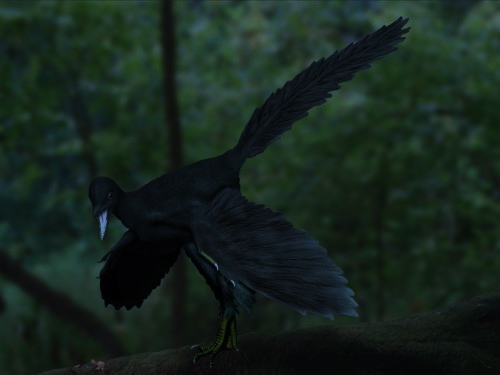
The traditional view of Archaeopteryx as the “first bird” has become increasingly complicated as new fossil discoveries and phylogenetic analyses have refined our understanding of the dinosaur-bird transition. While Archaeopteryx was indeed one of the earliest creatures to combine bird-like and dinosaur-like features, several factors have challenged its status as the definitive “first bird.” For one, the discovery of dinosaurs like Microraptor and Anchiornis—which had four-winged body plans with flight feathers on both arms and legs—has shown that the evolution of feathered flight surfaces occurred multiple times within theropod dinosaurs. Additionally, some recently discovered dinosaur fossils from China appear to be even more bird-like than Archaeopteryx in certain anatomical details, despite being from the same time period. The question ultimately hinges on how we define “bird”—if we use the presence of flight feathers, then numerous dinosaurs qualify; if we use the ability to fly, then that capability evolved gradually across multiple lineages. Modern cladistic approaches tend to view Archaeopteryx as occupying a position near the base of the avian family tree, but not necessarily as the direct ancestor of all modern birds. Rather than being the “first bird,” Archaeopteryx might better be understood as representing one of several experiments in early avian evolution, showcasing just how blurry the boundary between dinosaur and bird truly was.
Reconstructing Ancient Birds: Science and Art
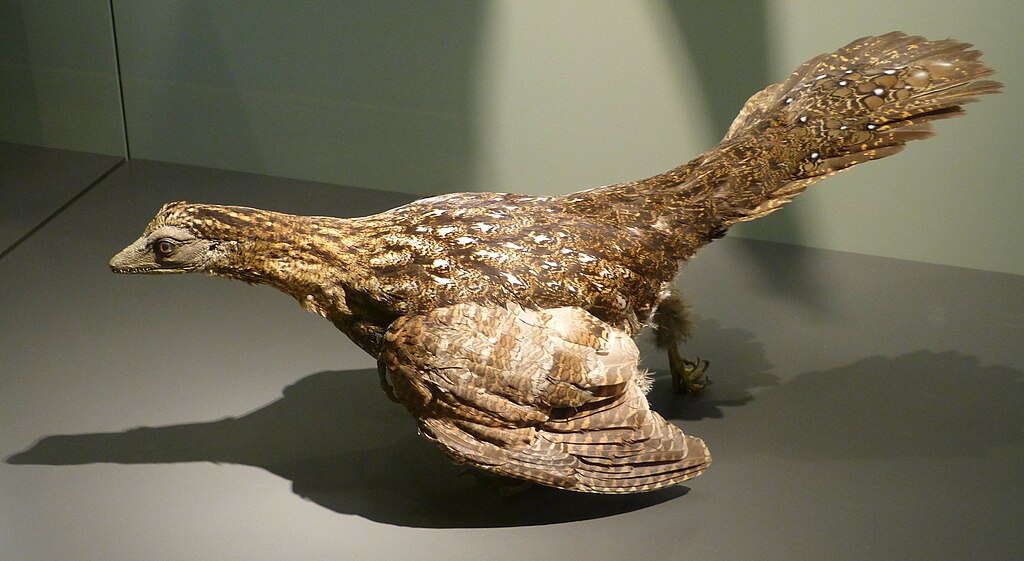
The process of bringing ancient birds like Archaeopteryx to life through scientific reconstructions represents a fascinating blend of rigorous research and artistic interpretation. Paleontologists begin with the hard evidence—fossil bones, tooth impressions, and feather traces—to establish the anatomical framework with as much accuracy as possible. Comparative anatomy with both modern birds and close dinosaur relatives helps fill gaps in the fossil record, suggesting likely muscle arrangements and soft tissue structures. Biomechanical modeling allows scientists to test hypotheses about how these creatures moved and flew, providing constraints for realistic poses and activities. For features like coloration, where direct evidence is rarely preserved, scientists now use sophisticated techniques to identify melanin-containing structures in fossil feathers, sometimes revealing patterns of light and dark markings. Despite these advances, artistic reconstruction still requires informed speculation, particularly regarding behaviors and exact coloration patterns. The most accurate reconstructions result from close collaboration between paleontologists and specialized paleoartists who understand both the scientific constraints and the biological principles governing animal appearance. These reconstructions have evolved dramatically over time, from the early reptilian depictions of the 19th century to today’s dynamic, feathered versions that reflect our current understanding of these creatures as active, warm-blooded animals poised at the evolutionary boundary between dinosaur and bird.
Conclusion
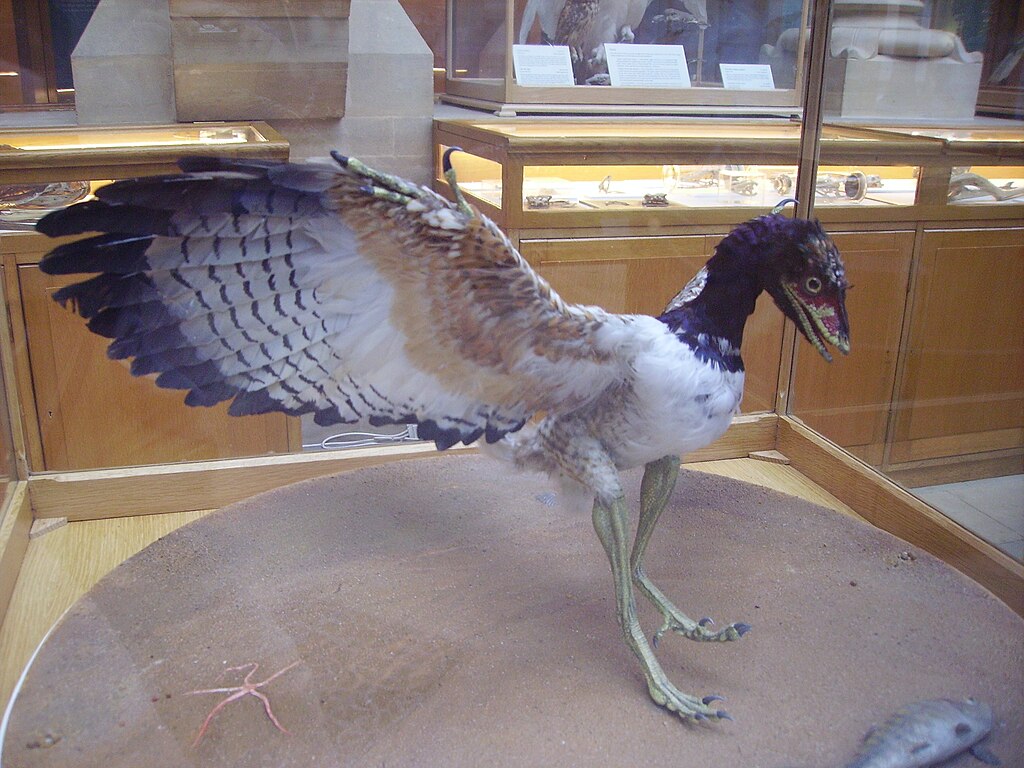
The story of toothed birds like Archaeopteryx provides a remarkable window into evolutionary history, demonstrating the gradual transition from reptilian dinosaurs to the feathered aviators that fill our skies today. These creatures, with their curious blend of teeth, claws, and feathers, challenge our tendency to place animals into neat categorical boxes. They remind us that evolution proceeds not in dramatic leaps but through a series of incremental changes, creating transitional forms that defy simple



